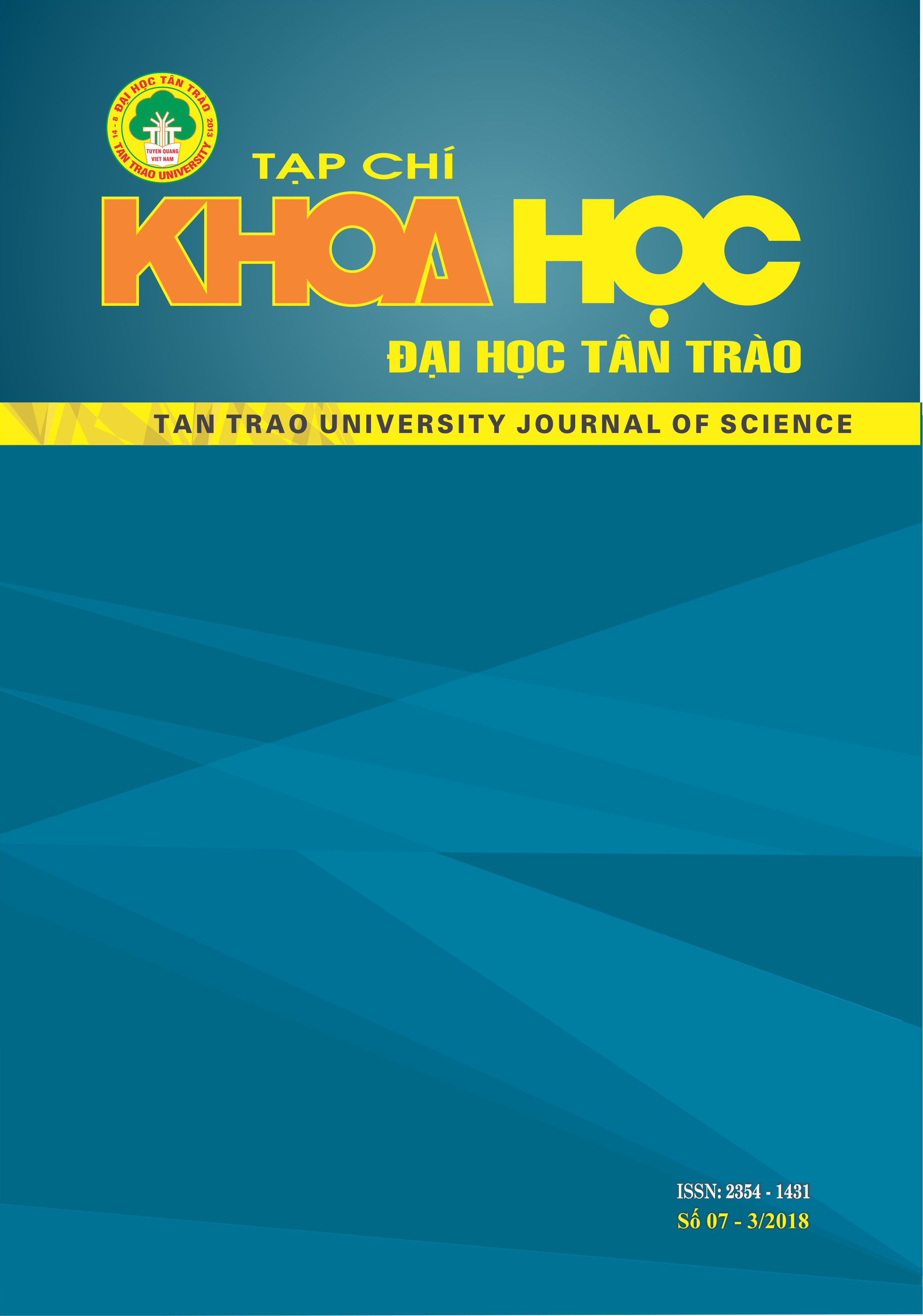John Steinbeck's Grapes of wrath and open "dialogue"
DOI:
https://doi.org/10.51453/2354-1431/2018/142Keywords:
The grapes of wrath; novel; meaning; dialogue; questions; answers.Abstract
The grapes of wrath (1939) is one of John Steinbeck's best works. The grapes of wrath includes 30 chapters, reflecting the profound changes in United States around the early 20th century. This work contributed greatly to persuading the Swedish Academy to award the 1962 Nobel Prize for Literature for John Steinbeck's literary career. Why do we still study The grapes of wrath? That is the question of literary researchers in the 21st century. The attraction of the work is in Steinbeck's writing. In The grapes of wrath, John Steinbeck has created dialogue for the text. By combining genre reportage and novel, he dialogues with traditional literature about novel genre. In his opinion, the modern novels need to change. In The grapes of wrath, John Steinbeck also conducts dialogue on religious thought and history. The arguments of John Steinbeck in The grapes of wrath are as questions that have no answers. They force readers to study, explain, find meaning. So, The grapes of wrath is not a novel that proves history, it is a work that has many meanings, reflecting humanity.
Downloads
References
1. Bragg, Melvyn, Steinbeck Today, Vol. 7, No.10), San Jose’ State University, California, 2016;
2. Hayashi, Tetshumaro, John Steinbeck: His Concept of Writing, The Carecrow Press, Inc. Metuchen, N.J., & London, 2012;
3. Pierre, Brian St, John Steinbeck – The California Years, San José State University, Ca, 1988;
4. Steinbeck E. and Robert W, Steinbeck: A Life in Letters, Viking Press, New York, 1979;
5. Steinbeck J, The Grapes of Wrath, Penguin Group (USA) Inc, 2006.
Downloads
Published
How to Cite
Issue
Section
License

This work is licensed under a Creative Commons Attribution-ShareAlike 4.0 International License.
All articles published in SJTTU are licensed under a Creative Commons Attribution-ShareAlike 4.0 International (CC BY-SA) license. This means anyone is free to copy, transform, or redistribute articles for any lawful purpose in any medium, provided they give appropriate attribution to the original author(s) and SJTTU, link to the license, indicate if changes were made, and redistribute any derivative work under the same license.
Copyright on articles is retained by the respective author(s), without restrictions. A non-exclusive license is granted to SJTTU to publish the article and identify itself as its original publisher, along with the commercial right to include the article in a hardcopy issue for sale to libraries and individuals.
Although the conditions of the CC BY-SA license don't apply to authors (as the copyright holder of your article, you have no restrictions on your rights), by submitting to SJTTU, authors recognize the rights of readers, and must grant any third party the right to use their article to the extent provided by the license.


